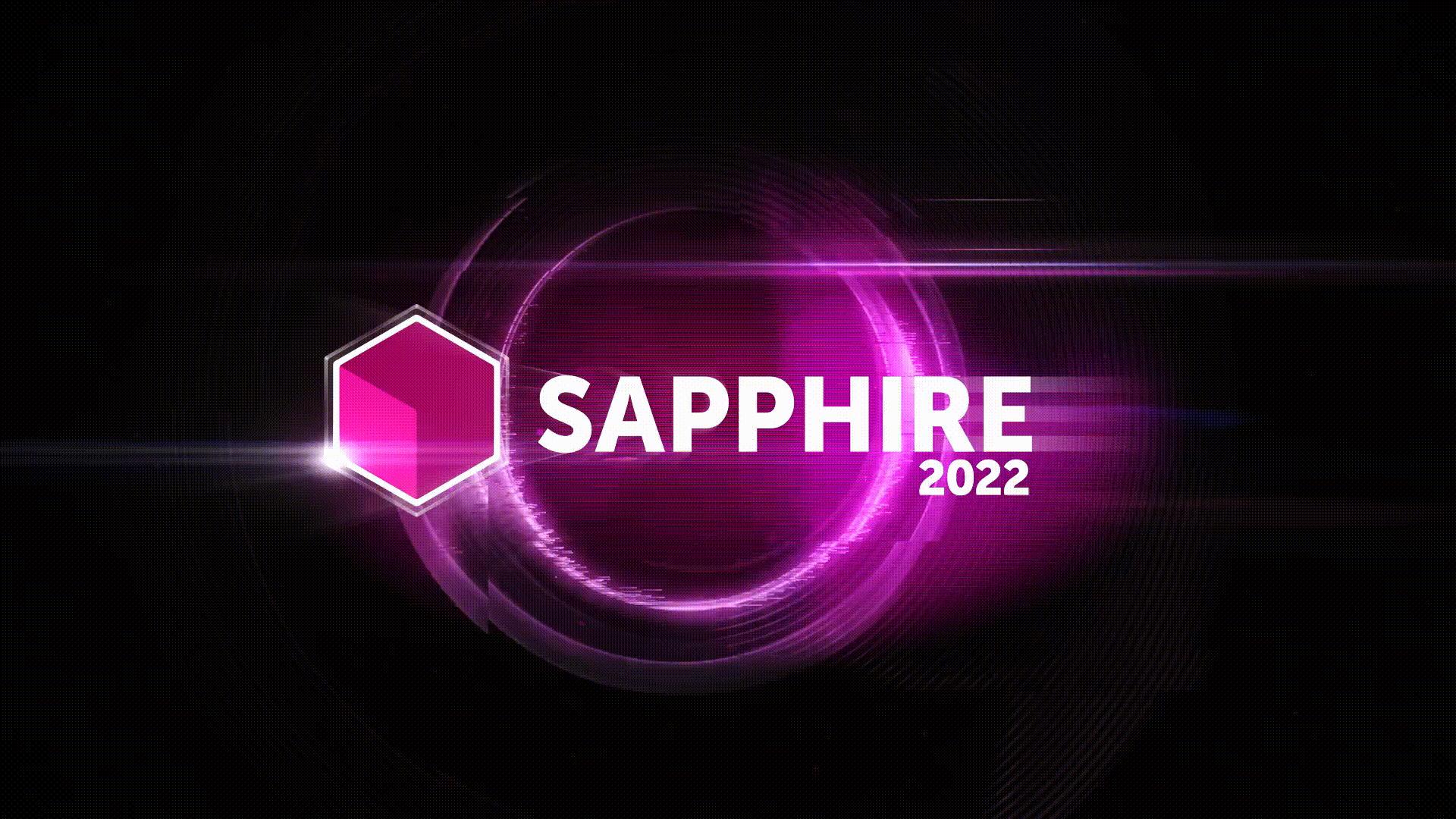Chaos presents V-Ray 5 updates for Maya and Houdini
USD is originally a format developed by Pixar and designed to store the most common types of scene data – geometry, shaders, light sources, rigging, hair and so on. Consequently, artists can easily share and dynamically update resources without having to find workarounds and compromises. As Pipeline has become more complex, the need for a universal format has become even more apparent.
The initial Maya implementation will support several key asset exchanges, including static/animated models, V-Ray materials for Solaris, which helps artists work with the USD-based SideFX frame layout and view development instrum through the V-Ray Hydra delegate.
“Running V-Ray on Solaris simplifies the layout, lighting and look development process into a single workflow, helping artists get real-time feedback on lighting changes right in the Houdini viewer,” says Dan Englesson, CTO of Goodbye Kansas Studio.
“Because the V-Ray Hydra delegate works instantly, we can interactively make changes without restarting the rendering module. We can navigate fully textured, lit scenes, making more informed artistic choices than we could before. The ease of navigating through a scene or just seeing the changes in real time is amazing.
“USD is really the format of the future. V-Ray supports USD with its Hydra delegate not only for future, but also for current pipelines. The ability to reuse assets created in V-Ray and transfer them to USD significantly lowers the bar for moving to USD.”
Other key features noted are:
- Maya 2022 support – built-in support for Maya 2022 features, including Maya USD.
- V-Ray materials library.
- Masks in the V-Ray frame buffer.
- Transparency colour fog.
- Improved transparency materials.
- Improved GPU rendering.
- Intel Open Image Denoiser.
- Artist-friendly caustics.
- Faster cutout rendering (Maya only).
- Viewport enhancements.
- V-Ray scene material importer.
- Additive dome light sources.
- Simplified texture baking (Houdini only).
- Phoenix Foam Shader (Houdini only).
- See the Chaos blog for more information.
V-Ray 5 for Maya, update 1 and V-Ray 5 for Houdini, update 1 are already available. Licensing costs $470 per year and $80 per month. Both products are also included in the V-Ray Coll.






